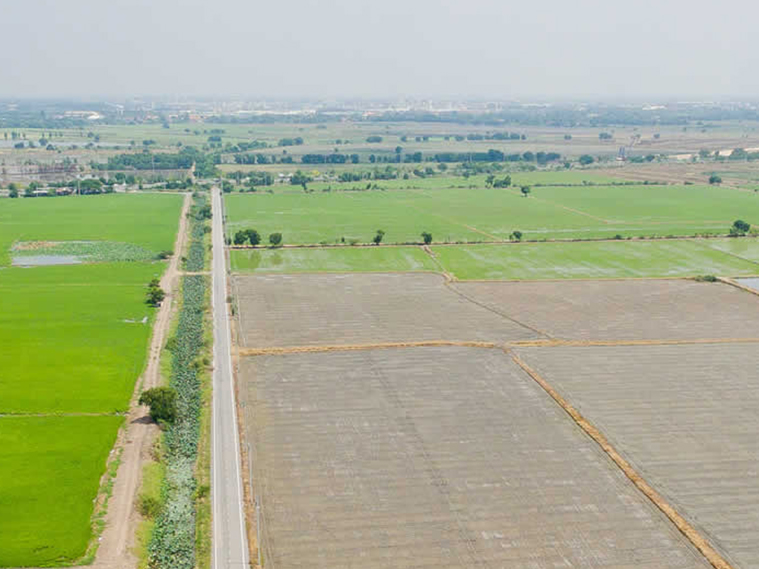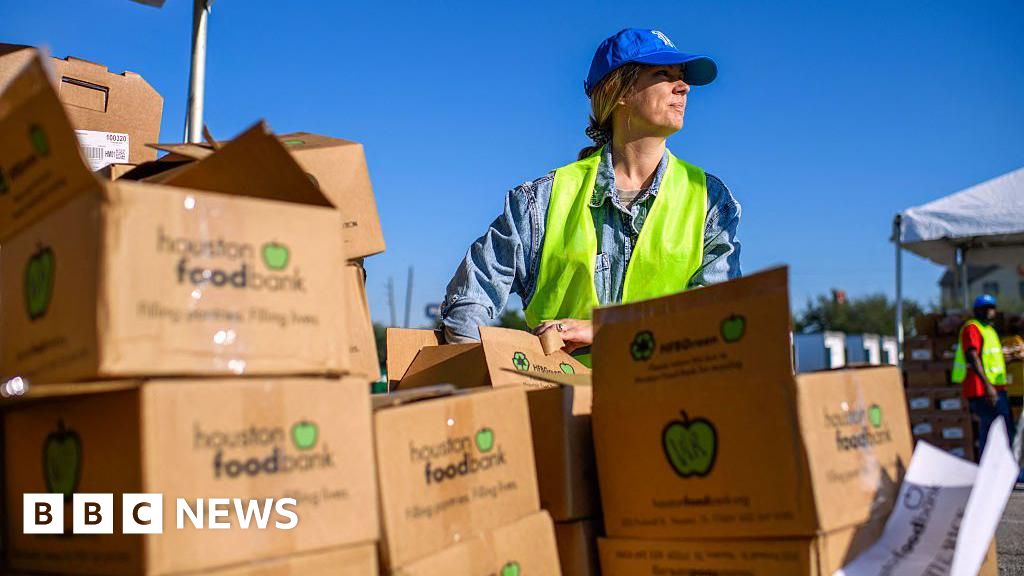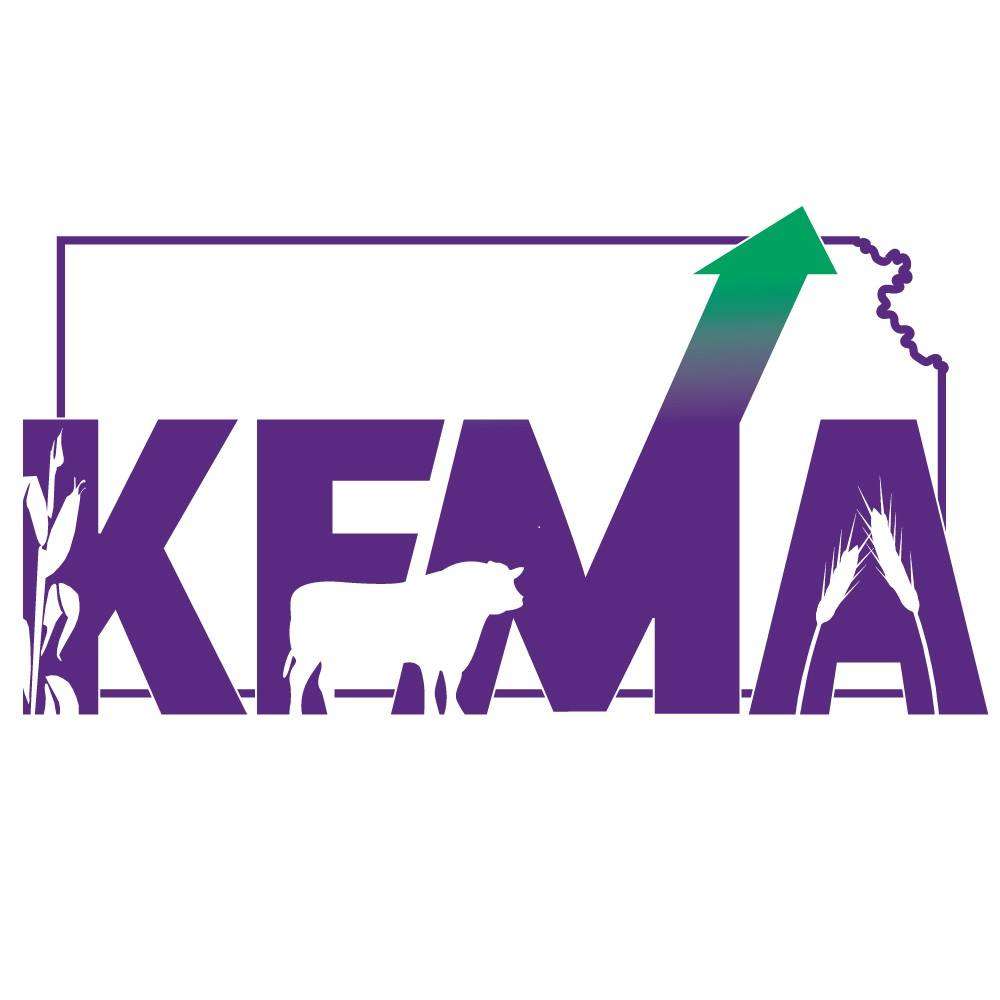AGCO Agriculture Foundation and CNFA Partner to Advance Young Farmers and Agri-food System Entrepreneurs – PR Newswire

Report on the AGCO Agriculture Foundation and CNFA Partnership for Sustainable Agri-Food Systems
Executive Summary
On July 24, 2025, the AGCO Agriculture Foundation announced a strategic partnership with Cultivating New Frontiers in Agriculture (CNFA). This collaboration is designed to advance sustainable agricultural development by empowering young farmers and entrepreneurs in the United States. Through a significant grant, the partnership will launch the “Youth AgriChampion Program,” which directly supports several United Nations Sustainable Development Goals (SDGs), including Zero Hunger (SDG 2), Decent Work and Economic Growth (SDG 8), and Partnerships for the Goals (SDG 17).
Partnership Details and Financial Commitment
The AGCO Agriculture Foundation has awarded CNFA a grant of $450,000, to be distributed over a three-year period. This funding is dedicated to establishing and running the Youth AgriChampion Program, an initiative aimed at fostering innovation and leadership among young agricultural professionals to build more resilient and sustainable food systems.
Core Objectives
- To identify and support young leaders (ages 18-40) who are pioneering solutions in agriculture.
- To provide resources that enable the scaling of innovations, thereby contributing to local and national food security.
- To create a network of change agents dedicated to sustainable practices, directly addressing SDG 12 (Responsible Consumption and Production).
The Youth AgriChampion Program: A Catalyst for Sustainable Development
The program will select 30 “AgriChampions” based on their achievements and potential impact in key areas of modern agriculture. This initiative is structured to provide comprehensive support that transforms innovative ideas into tangible community solutions.
Program Structure
- Selection: 30 participants will be selected over three years (10 per cohort) based on their work in digital agriculture, climate resilience, and agri-food innovations.
- Training and Mentorship: Each AgriChampion will participate in a six-month leadership program designed to build technical and entrepreneurial skills. This focus on education and skill-building aligns with SDG 4 (Quality Education).
- Seed Funding: A grant pool of $45,000 will be allocated to each cohort ($135,000 total) to help launch or scale their sustainable agricultural projects.
- Networking and Collaboration: The program will serve as a platform for participants to collaborate, share experiences, and build partnerships, reinforcing SDG 17 (Partnerships for the Goals).
Alignment with Sustainable Development Goals (SDGs)
This partnership is fundamentally aligned with the 2030 Agenda for Sustainable Development. The program’s design and intended outcomes contribute directly to multiple SDGs.
Direct Contributions to Key SDGs
- SDG 2: Zero Hunger: The initiative’s primary vision is to “prevent and relieve hunger.” By strengthening agri-food systems, enhancing access to nutritious food, and supporting food security in underserved communities, the program directly targets the goals of SDG 2.
- SDG 8: Decent Work and Economic Growth: By investing in young agri-entrepreneurs, the program fosters innovation, drives economic growth within local communities, and creates sustainable employment opportunities in the agricultural sector.
- SDG 9: Industry, Innovation, and Infrastructure: The focus on “digital agriculture” and “agri-food innovations” promotes the development of resilient and technologically advanced agricultural infrastructure.
- SDG 13: Climate Action: A core selection criterion for AgriChampions is their interest and accomplishments in “climate resilience,” ensuring that the funded projects contribute to climate change mitigation and adaptation in agriculture.
- SDG 17: Partnerships for the Goals: The collaboration between the AGCO Agriculture Foundation and CNFA exemplifies a multi-stakeholder partnership leveraging combined resources and expertise to achieve common sustainable development objectives.
Leadership Perspectives on Sustainable Impact
Leaders from both organizations highlighted the program’s alignment with global sustainability efforts.
Louisa Parker-Smith, Vice President of Global Corporate Sustainability at AGCO, stated, “In alignment with our purpose to sustainably feed the world, the Foundation also recognizes the need to empower and support young farmers and agri-entrepreneurs…thereby contributing to sustainable agri-food systems.”
Alan Pieper, President and CEO of CNFA, remarked, “The AGCO Agriculture Foundation Youth AgriChampion Program is a step towards supporting the next generation of farmers and entrepreneurs to scale their innovations to support the development of a more sustainable U.S. agriculture…We look forward to working closely with the AGCO Agriculture Foundation on this important initiative to strengthen food security and drive lasting impact.”
Analysis of Sustainable Development Goals in the Article
1. Which SDGs are addressed or connected to the issues highlighted in the article?
The article highlights a partnership and program that directly address several Sustainable Development Goals (SDGs). The primary goals identified are:
- SDG 2: Zero Hunger: The core mission of the AGCO Agriculture Foundation is to “prevent and relieve hunger through sustainable agricultural development.” The partnership aims to strengthen “food security,” enhance “access to nutritious food,” and build “sustainable agri-food systems.”
- SDG 4: Quality Education: The program is centered on capacity building for young people. It provides “comprehensive training, mentorship” and helps participants in “building their technical skills,” which aligns with the goal of providing relevant skills for employment and entrepreneurship.
- SDG 8: Decent Work and Economic Growth: The initiative focuses on empowering “young farmers and agri-entrepreneurs” by providing them with funding and resources. This is intended to lead to “creating employment opportunities” and “driving economic growth” within their communities.
- SDG 17: Partnerships for the Goals: The entire article is an announcement of a “new partnership” between the AGCO Agriculture Foundation and Cultivating New Frontiers in Agriculture (CNFA). This collaboration between two organizations to achieve sustainable development objectives is the essence of SDG 17.
2. What specific targets under those SDGs can be identified based on the article’s content?
Based on the program’s description, several specific SDG targets can be identified:
- Target 2.1: By 2030, end hunger and ensure access by all people, in particular the poor and people in vulnerable situations, including infants, to safe, nutritious and sufficient food all year round.
- Explanation: The article states that the program aims for “enhancing access to nutritious food” and “expanding access to food in underserved communities,” which directly contributes to this target.
- Target 2.4: By 2030, ensure sustainable food production systems and implement resilient agricultural practices that increase productivity and production, that help maintain ecosystems, that strengthen capacity for adaptation to climate change, extreme weather, drought, flooding and other disasters and that progressively improve land and soil quality.
- Explanation: The program supports “youth-led and high-impact innovations for sustainable agri-food systems” and selects participants based on their interest in “climate resilience and agri-food innovations.”
- Target 4.4: By 2030, substantially increase the number of youth and adults who have relevant skills, including technical and vocational skills, for employment, decent jobs and entrepreneurship.
- Explanation: The “Youth AgriChampion Program” is designed to equip young people (ages 18-40) with tools and resources through a “six-month leadership program to continue building their technical skills” and mentorship, preparing them for entrepreneurship in the agri-food sector.
- Target 8.6: By 2020, substantially reduce the proportion of youth not in employment, education or training.
- Explanation: Although the 2020 deadline has passed, the spirit of the target continues. The program directly addresses this by targeting “young farmers and entrepreneurs ages 18-40” with training, mentorship, and seed funding to help them “launch sustainable agri-food systems innovations,” thereby moving them into productive entrepreneurship.
- Target 17.17: Encourage and promote effective public, public-private and civil society partnerships, building on the experience and resourcing strategies of partnerships.
- Explanation: The article is a clear example of this target in action, detailing a partnership between two private/civil society organizations—the “AGCO Agriculture Foundation” and “CNFA”—to pool resources and expertise for sustainable agricultural development.
3. Are there any indicators mentioned or implied in the article that can be used to measure progress towards the identified targets?
Yes, the article mentions several specific and measurable indicators that can be used to track the program’s progress and impact:
- Financial Investment: A total grant of “$450,000 over three years” serves as a key input indicator.
- Number of Beneficiaries: The program will support a total of “30 AGCO Foundation Youth AgriChampions.” This is a direct output indicator.
- Program Structure: The program is structured into “three cohorts of 10 AgriChampions,” providing a clear framework for implementation and monitoring.
- Seed Funding: Each cohort will receive a “$45,000” grant pool, which is a measurable resource provided directly to the entrepreneurs.
- Participant Demographics: The program targets a specific age group of “young farmers and entrepreneurs ages 18-40,” which can be tracked.
- Training Duration: The “six-month leadership program” is a time-bound indicator of the training provided.
- Innovation and Scaling: An outcome indicator is the number of AgriChampions who “launch sustainable agri-food systems innovations or scale their existing agricultural innovation.”
- Community Impact: While harder to quantify from the text alone, implied indicators include the creation of “employment opportunities” and the extent of “expanding access to food in underserved communities.”
4. Summary Table of SDGs, Targets, and Indicators
| SDGs | Targets | Indicators |
|---|---|---|
| SDG 2: Zero Hunger |
2.1: End hunger and ensure access to food. 2.4: Ensure sustainable food production systems and resilient agricultural practices. |
– Number of sustainable agri-food innovations launched. – Increased access to nutritious food in underserved communities (outcome). – Focus on innovations in climate resilience. |
| SDG 4: Quality Education | 4.4: Increase the number of youth with relevant technical and vocational skills for entrepreneurship. |
– 30 youth (ages 18-40) provided with training and mentorship. – Completion of a six-month leadership program to build technical skills. |
| SDG 8: Decent Work and Economic Growth | 8.6: Reduce the proportion of youth not in employment, education or training. |
– Number of youth-led enterprises launched or scaled. – Creation of employment opportunities (outcome). – Seed grant funding of $45,000 per cohort to stimulate economic activity. |
| SDG 17: Partnerships for the Goals | 17.17: Encourage and promote effective public-private and civil society partnerships. |
– Establishment of a partnership between AGCO Agriculture Foundation and CNFA. – A total grant of $450,000 leveraged through the partnership. |
Source: prnewswire.com

What is Your Reaction?
 Like
0
Like
0
 Dislike
0
Dislike
0
 Love
0
Love
0
 Funny
0
Funny
0
 Angry
0
Angry
0
 Sad
0
Sad
0
 Wow
0
Wow
0











































































